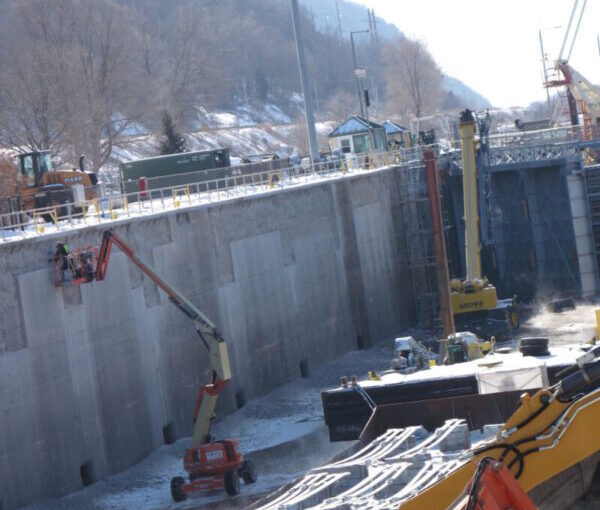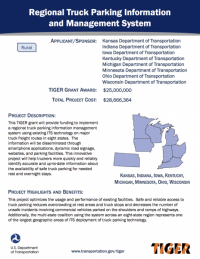Read below how electric trucks are part of the plan for clean air in California. https://www.fleetowner.com/emissions-efficiency/article/21263152/biden-epa-grants-californias-heavyduty-vehicle-waiver-to-mandate-electric-trucks
Category: Funding
Volvo’s Autonomous Solutions (VAS) has opened in Texas and is accepting reservations for service.
With the Upper Mississippi River Infrastructure far past its intended life span, should the private sector invest? https://www.wwno.org/coastal-desk/2023-05-18/mississippi-river-shipping-infrastructure-is-aging-who-should-pay-for-the-repairs
The Mississippi River is a critical corridor for transportation of agricultural products and, in turn, is critical to the economies of the states that utilize the river to transport these trade goods. The report assesses the total impact of lock and dam closures along the Upper Mississippi River and then demonstrates how the cost the closures, or improvements designed to mitigate their impact on the highway side, compare with the cost of improving Upper Mississippi River control structures.
Eight of the ten MAFC states–Kansas, Indiana, Iowa, Kentucky, Michigan, Minnesota, Ohio, and Wisconsin–have been awarded a 2015 TIGER grant for a Regional Truck Parking Information and Management System. MAFC researchers supported this TIGER application with a synthesis of the literature and previous efforts to study, test, and implement a range of truck parking information systems […]
US DOT Secretary Anthony Foxx recently unveiled Beyond Traffic: …a new forward-looking analysis from the U.S. Department of Transportation outlining the trends that are likely to shape the needs of our transportation system over the next three decades. Beyond Traffic is offered to the public as a draft to ignite a national conversation about the […]
The American Association of Port Authorities (AAPA) recently released a Port Planning and Investment Toolkit. The Port Planning and Investment Toolkit is being built around modules on planning, funding and executing projects, with the goal of making navigating the best course of action to accomplish your goals easier and more user friendly than ever before. […]
The General Accountability Office recently released a report that reviewed trends in freight flows and any related traffic congestion impacts. This report makes two recommendations for the US Department of Transportation: In order to clarify the federal role related to freight-related local traffic congestion, in implementing MAP-21 and any subsequent reauthorization, in its final guidance […]
The National Freight Advisory Committee (NFAC) has released 81 recommendations aimed at improving the national freight system. The 81 recommendations made by NFAC, now under review by the Department, include suggestions to improve safety and security across the freight rail network, highlight funding needs and challenges, and call for increased streamlining processes and better collection […]
The White House recently released a report on transportation infrastructure investment, as well as a plan for increased investments to help rebuild the US transportation infrastructure. As part of this effort to spur Congress to reauthorize transportation funding by September 30, the White House also provided two interactive maps–one for roads and one for bridges. […]




